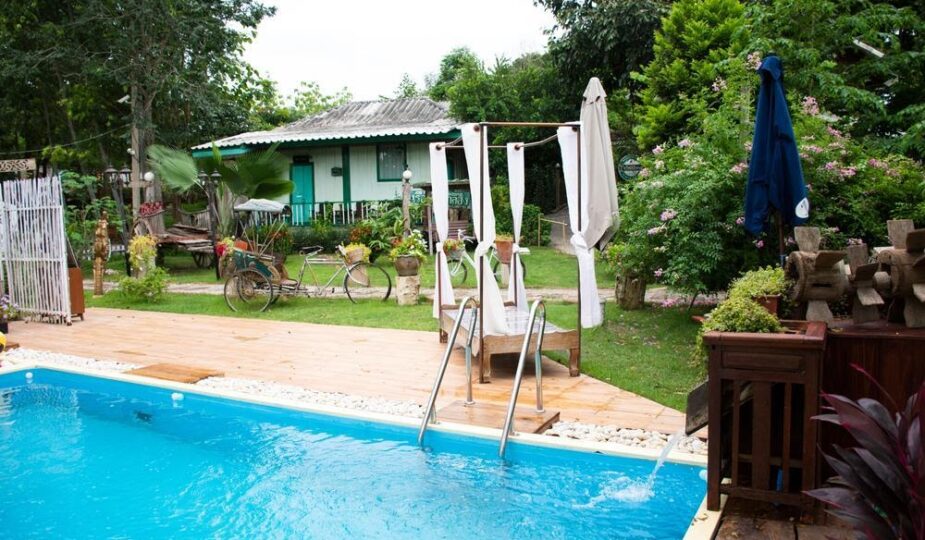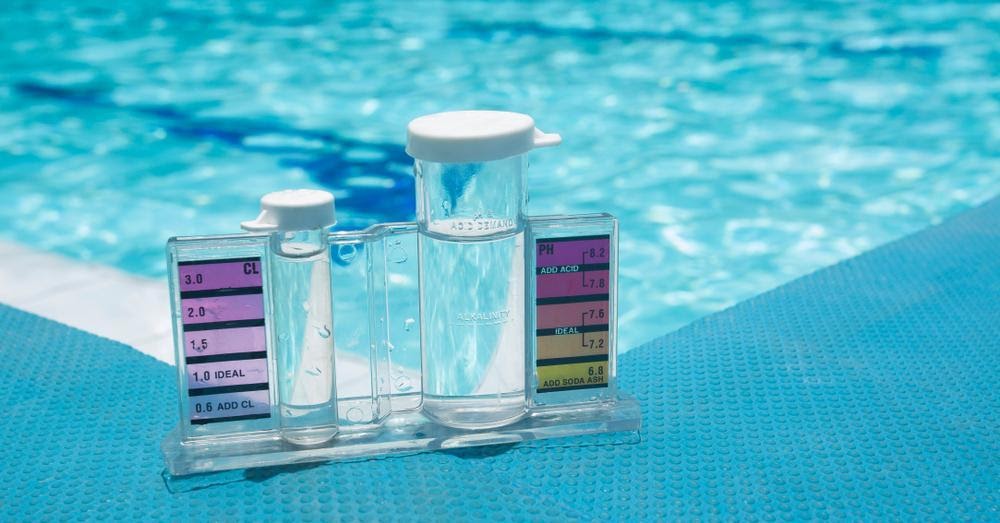
Understanding the Pool Chemistry: Increasing Your Pool’s Life
So, the pool season is here, and it’s the right time to unhook yourself from all your professional life stresses & worries and gear up for a fun family time. But, before you let your kids get in the pool water, you must consider the pool chemistry.
Maintaining proper pool chemistry saves both time & money in the long run. However, before we move any further, is it imperative to know what pool chemistry is?
What is a Swimming Pool Chemistry?
It is the balance and levels of chlorine in the pool water. Having the right balance of chemicals is critical to protect your swimming pool’s finish from discoloration, keep your pool water neat and clean, and prevent any damage to the various pool equipment.
Inspect the Site
Before you test your pool water, first, perform a thorough site inspection. It is to determine if there has been any damage happening/happened to the pool that may require additional treatment. Remember to clean up the debris from the deck, patio, and the area surrounding it. You can use a digital camera to holistically evaluate your pool’s condition.
Are there any signs of discoloration in the pool finish or cracks? Check the pool’s finish for roughness using sanding pads. Ideally, the pool finish must be smooth to touch; if not, you must call a pool professional to fix the finish of your pool.
Next up is checking the interior surface. Toss squirt dish soap in the pool; it is to calm the surface of the water and to prevent any ripples so that you can easily see the pool’s bottom. Thus, allowing you to examine if there are metal strains or signs of algae.
If there are any major cracks in the finish of your pool, you must reach out to a qualified pool professional. They’ll thoroughly analyze the severity of the issue, and based on that, recommend a suitable solution. After you are done with your pool’s superlative inspection, next is to test the water to understand the pool chemistry.
Enclosing the pool or covering is a must for swimming pool owners. Installing a pool enclosure and/or pool cover can reduce the maintenance costs and your efforts by preventing dust, debris, and other unwanted stuff from getting into the pool. Further, it significantly lowers chemical consumption.
Test the Water

Achieving proper chemistry has to do more with the source of water. If possible, do the source water test before it gets to the pool. Get the volume measurement of the pool done, so that you add pool chemicals in the right amount.
The chemical imbalance can cause significant damages to the pool finish and makes it rough. Test your pool water for Ph level, alkalinity, and hardness using a test strip or at a local testing centre.
The acceptable Ph level is between 7.2 to 7.6, whereas the alkalinity needs to be between 120-150 parts per million.
Conclusion
Proper pool maintenance will certainly extend the life of your pool’s both interior and exterior finish. Test the source to evaluate any imbalance of chemicals. And, finally, a well-maintained pool is much more fun and safe to swim in.









